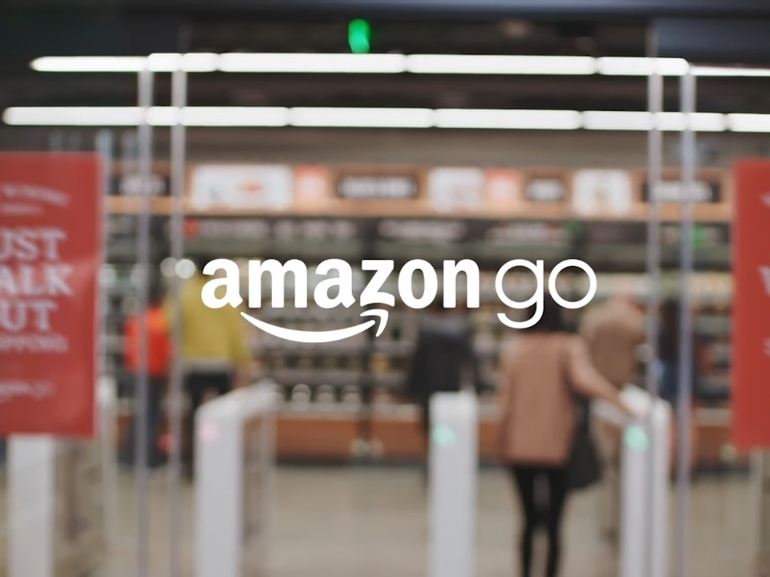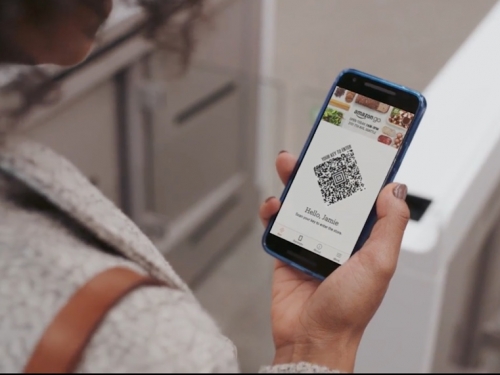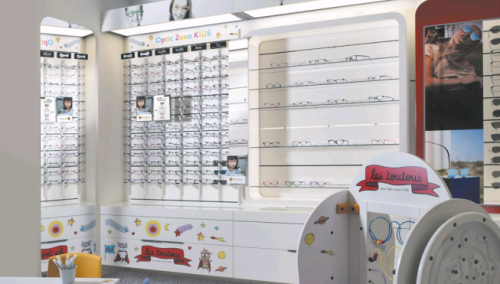FROM THE STRAITS TIMES | http://bit.ly/2j81Qys
#Amazon #Go may be #ready to #debut
Walk in, get the items you want, then walk out of the store? For the past year, Amazon employees have been doing just that, test-driving Amazon Go, an experimental convenience store in downtown Seattle.
The idea is to redesign the shopping experience - without the need for consumers to ever stand in line at a cashier - whether human or scanning-cum-payment machine. Amazon is vague on the mechanics, but the store relies on a mobile app and some of the same sensing technology that powers self-driving cars to figure out who is buying what. Employees have tried to fool the technology.
One day, three enterprising Amazonians donned bright yellow Pikachu costumes and cruised around grabbing sandwiches, drinks and snacks. The algorithms nailed it, according to a person familiar with the situation, correctly identifying the employees and charging their Amazon accounts, even though they were obscured behind yellow polyester.
Amazon Go represents the company's most ambitious effort yet to remodel the brick-and-mortar shopping experience by eliminating the checkout line, saving customers time and furthering its reputation for convenience. The push into groceries is a way for the company to get consumers to shop at Amazon more often. The e-commerce giant unveiled Amazon Go last December, saying it planned to open the store to the public early this year.
However, it encountered technical difficulties and postponed the launch to work out the bugs, The Wall Street Journal reported in March. Seven months later, challenges remain, but the "just walk out" technology has improved markedly, added the source. And in a sign that the concept is almost ready for prime time, hiring for the Amazon Go team has shifted from the engineers and research scientists needed to perfect the platform to the construction managers and marketeers who would build and promote the stores.
Shoppers visiting an Amazon Go outlet will scan their smartphones upon entering. Cameras and shelf sensors will work together to figure out which items have been removed and who took them. There will be no need for tracking devices, such as radio frequency chips, embedded in the merchandise. When shoppers leave, algorithms will total the order and bill their Amazon account.
The system is working well for individual shoppers, but still struggles to accurately charge people who are moving around in groups, such as families with kids who like to grab stuff, the source noted. Amazon Go engineers have been studying families shopping together and are tweaking their sensors to recognise when a child eats an item while wandering around the store. Engineers are also figuring out which person to charge when a couple go shopping together.
Amazon has encouraged employees to enter the store in pairs and buy lunch. The company is conducting further tests and focus groups in Seattle, the source said. The focus groups are used to design protocols for in-store returns, spoilt or damaged merchandise and customer service issues that are common to brick-and-mortar retail. it is unclear how quickly Amazon Go will ramp up.
The company has moved deliberately with its brick-and-mortar book stores, opening just 13 in seven American states since launching the first in Seattle two years ago. Analysts expect a version of Amazon Go technology to be rolled out eventually at Whole Foods Market, the upscale grocery chain that the company acquired in September. That is a far more challenging prospect because Whole Foods locations are much larger than the 1,800 sq ft convenience store and carry thousands more products.
Amazon will need a lot more testers wearing Pikachu costumes to pull the seamless experience off.
WASHINGTON POST











